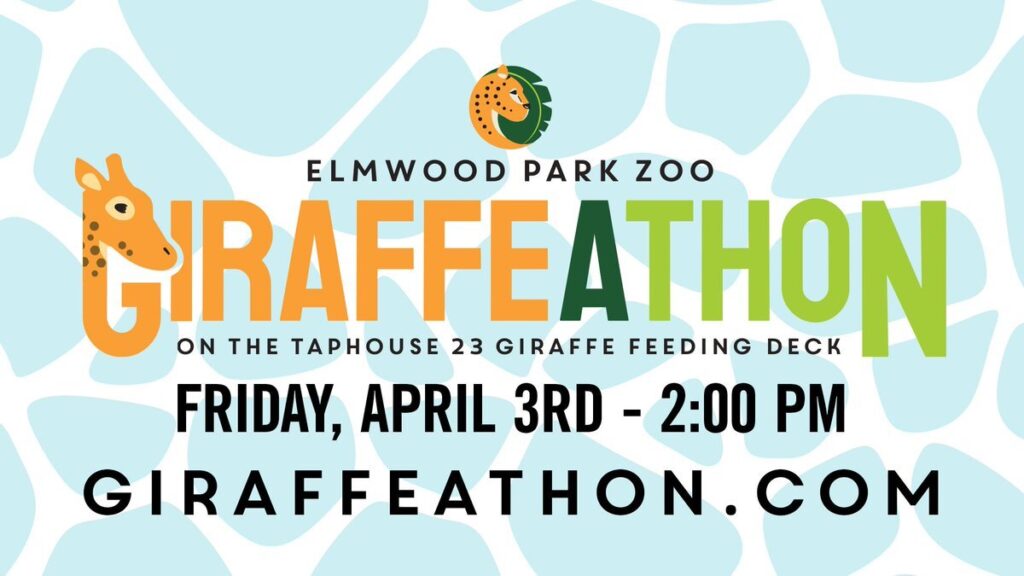Museums have suffered serious financial losses during the pandemic. A recent survey from the American Alliance of Museums (AAM) suggests that one-third of America’s museums may close for good. Can digital innovation and virtual programing help them to generate revenue and navigate through the crisis?
This article was written by Cuseum and originally appeared on American Alliance of Museums. You could read the first part of the series here.
Plan an Online Fundraiser or Gala
This year, the pandemic has caused museums and nonprofits to cancel or postpone their big fundraisers and galas. Many organizations don’t plan on holding any large in-person gatherings until well into 2021, and this has presented a challenging conundrum given the fact that these events often raise thousands or even millions of dollars in much-needed financial support each year.
To counter the loss in revenue from canceled fundraisers, some museums are experimenting with virtual galas. The Institute of Contemporary Art Boston held its first-ever Virtual ICA Gala in late June featuring influential artists Virgil Abloh and Sterling Ruby. Other museums such as The National Museum of Dance, Tenement Museum, and Newport Art Museum have also turned to virtual galas (dinner included!).

Image: ICA Boston
While virtual fundraisers may be new territory, some organizations have already proven that they are a viable option. The Elmwood Park Zoo, for example, held a successful virtual ”Giraffeathoon” in April, where Facebook live viewers were able to donate money to virtually feed the zoo’s giraffes.

Image: Elmwood Park Zoo
For many museums, canceling fundraisers until 2021 could prove detrimental to their financial health, especially if these galas have historically yielded a significant portion of their annual operating budget. For this reason, it may be worth exploring a virtual alternative.
Try a “Pay-What-You-Want” Model for Digital Programs
Although many museums acknowledge the urgency and importance around creating new revenue streams, they may be concerned about putting content behind a paywall for fear of alienating audiences. To prevent this, several museums have had initial success at trying out a “pay-what-you-want” model for digital content, instead of charging a fixed fee.
For example, the Tracy Aviary & Botanical Garden was originally going to ask for a $5 donation to attend a ”Virtual Paint Along” event. Instead, it opted to ask attendees to pay what they wished. This method was so successful that the average donation per person ended up being higher than what the team had initially thought to charge.

Source: Tracy Aviary & Botanical Garden
Phoenix Art Museum created a similar program, establishing a “pay-what-you-want” approach for virtual events like live storytelling and guided meditation. The Farnsworth Art Museum, too, is offering virtual art classes such as “Field Sketching” for a suggested donation, or “pay what you wish.”
You may also consider charging a low fixed-fee, with a higher “optional donation.” The National Museum of African American History and Culture, for example, is hosting “Yoga for Black Lives Matter” this summer, where tickets start at $5.50, with a suggested donation of $25.
If you’re looking to start monetizing your online programs, creating an optional donation or “pay-what-you-wish” model can be an excellent way to start bringing in revenue without deterring audiences. You may also find that this is ultimately a more lucrative model than charging a fixed fee.
Monetize Special Interactions with Living Collections and Staff
If you have the advantage of possessing a living collection as a zoo, aquarium, or similar organization, this can present a few opportunities to generate revenue through unique virtual experiences.
For instance, organizations like the Elmwood Park Zoo and Phoenix Zoo are selling virtual animal “cameos,” where individuals or companies can buy an exclusive appearance from animals like giraffes and sloths at their video conferences. This has been a financial lifeline for zoos throughout lockdown, generating tens of thousands of dollars.
On today’s @Cuseum #webinar, one of our panelists surprised us all with a special guest: giraffes🦒! @ElmwoodParkZoo is offering virtual animal cameos to help take your next @zoom_us meeting to the next level. Creative approach #digital revenue generation! cc @zoos_aquariums pic.twitter.com/LiqinfdLS4
— Brendan Ciecko (@brendanciecko) May 13, 2020
You may also consider offering tickets for virtual “ meet-and-greets” with the animals. The Lincoln Park Zoo is doing this, charging $15 a ticket for special online sessions with seals, black bears, wolves, or flamingos.
If you don’t have living collections, you can still create opportunities for special interactions with staff and other experts, like curators and artists. For example, LA Plaza de Cultura y Artes has launched a new initiative where people can pay for an hour-long video session with an artist, musician, chef, or other expert within the LA Plaza community. In the past, cultural organizations like the Van Gogh Museum and Lincoln Center have launched ambitious programs to monetize their expertise through consulting and advisory services, and today there may be new possibilities for museums to tap into similar avenues virtually.
Whether you have a living collection or a staff full of knowledgeable and passionate practitioners, there are opportunities to offer personalized virtual experiences and generate new forms of revenue in the process.
Even as cultural organizations move through the various phases of reopening, many are finding that with reduced capacity and restrictions on events, it is vital to find ways to recover lost revenue. For this reason, exploring new digital revenue streams is becoming of increased importance to museums of all kinds. In this new normal, now is the time for museums to consider how their digital content and other unique offerings can keep them connected to audiences while also contributing to their bottom line.



